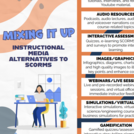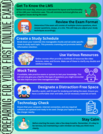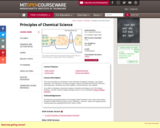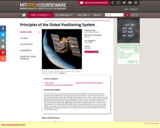
Dr. O discusses the various types of muscle contractions, emphasizing that not all contractions result in visible movement. The main types of muscle contractions mentioned are isometric, isotonic (which can be further divided into concentric and eccentric), and isokinetic (though he briefly touches on this, noting it requires specialized equipment). Isometric contractions involve no change in muscle length and no movement; for example, the postural muscles we use to stand or sit. Isotonic contractions result in a change in muscle length and include concentric contractions (muscles contract and get shorter, like when lifting a weight) and eccentric contractions (muscles contract and get longer, like when lowering a weight). Dr. O also mentions that eccentric contractions, while useful in muscle development, can cause muscle damage due to the nature of the contraction.
- Subject:
- Anatomy/Physiology
- Life Science
- Material Type:
- Diagram/Illustration
- Lecture
- Date Added:
- 09/21/2023












